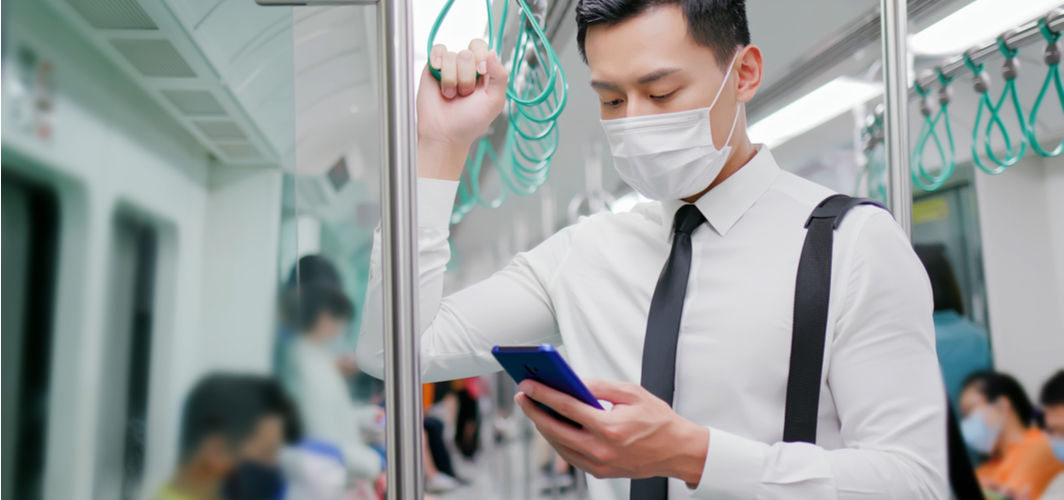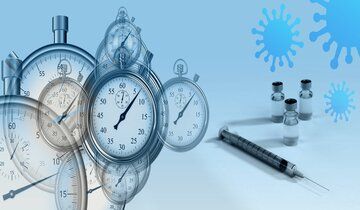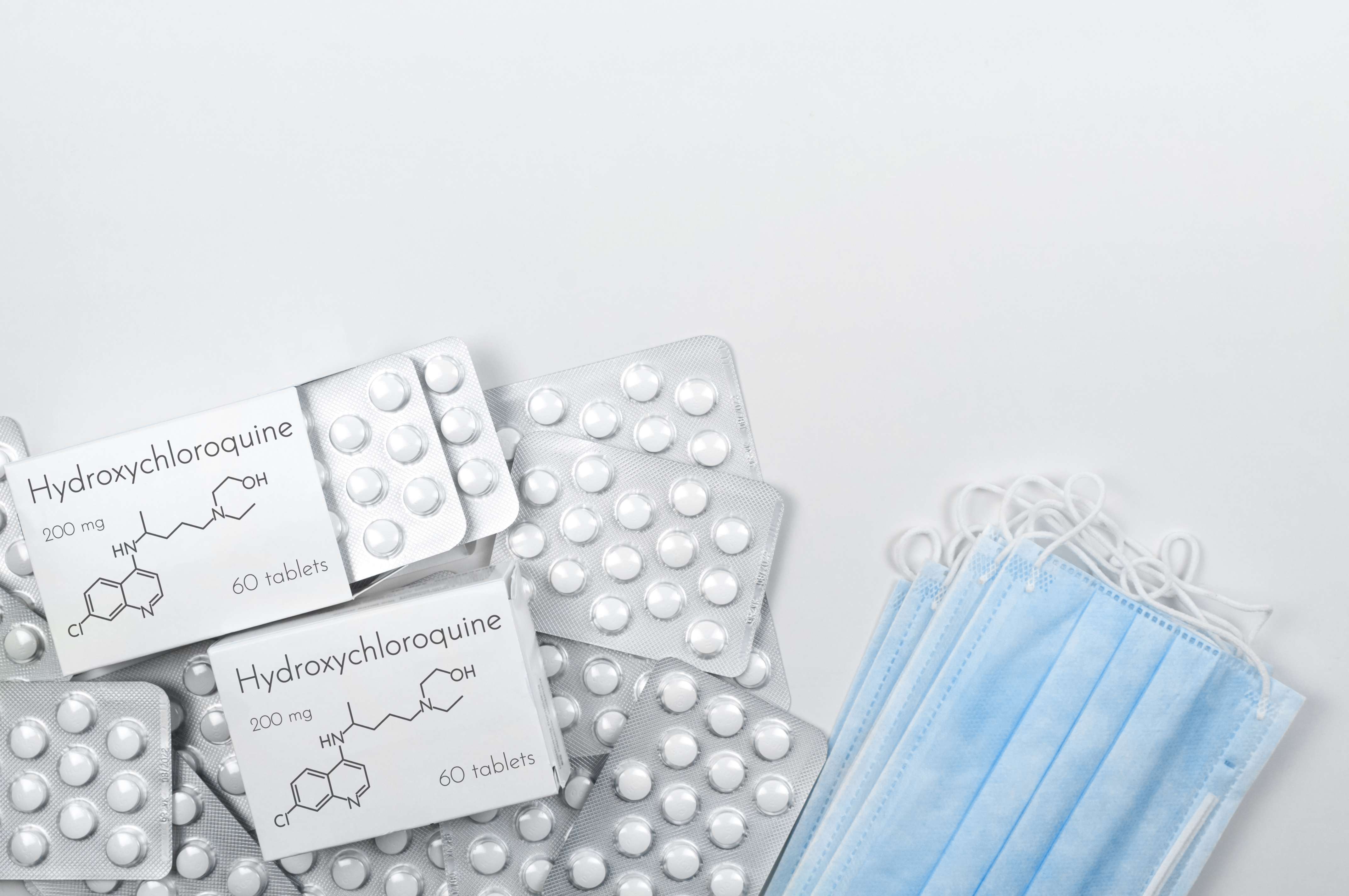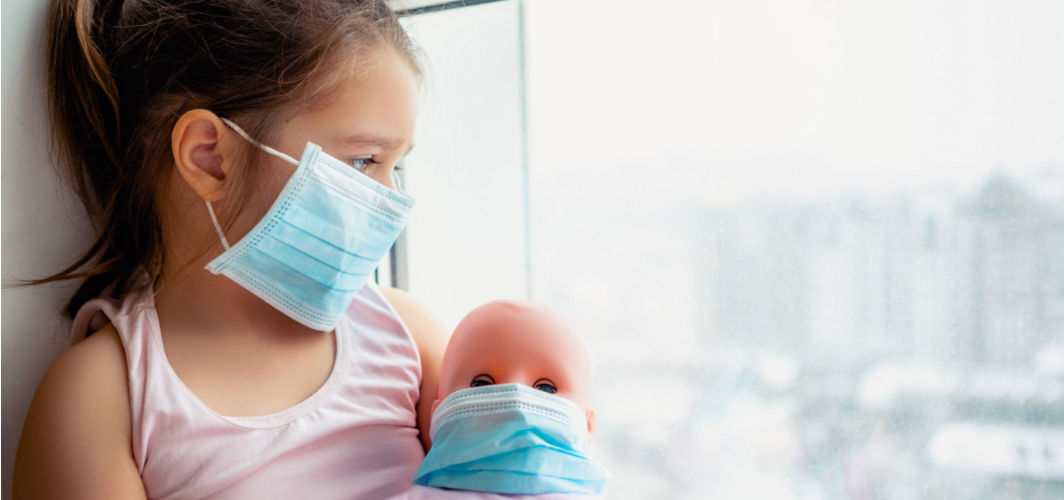Coronavirus Updates
Safety and Hygiene Tips to Follow When Using Public Transport After the COVID-19 Lockdown
5 min read
By Apollo 24/7, Published on - 03 July 2020, Updated on - 18 October 2022
Share this article
4
13 likes

Risks associated with using public transport during COVID-19
- Crowding in public transport: Coronavirus spreads directly through oral and nasal droplets when an infected person sneezes, coughs, or talks. When these droplets land on the faces of people nearby or are inhaled into the lungs, it causes infection. In public transport like buses, local trains, flights, and trams, people are in close contact with one another (within 6 feet) thereby increasing the risk of COVID-19 infection.
- Public transport staff: Public transport staff like drivers, ticket collectors, cabin crews and other front-line staff are exposed to a large number of commuters every day. Hence, they could be at higher risk of contracting the COVID-19 infection.
Tips to protect yourself when using public transport
- Follow hand hygiene: Before leaving home, wash your hands with soap and water for at least 20 seconds. Else, you can apply hand sanitizer with at least 60% alcohol. Follow the same hygiene after reaching your destination. Do not touch your mouth, eyes, or nose with unwashed hands.
- Avoid touching surfaces during transit: Avoid touching frequently touched surfaces like touchscreens, fingerprint scanners, ticket machine, restroom surfaces, turnstiles, handrails, elevator buttons, window panes, benches, kiosks, etc. Wash your hands immediately for 20 seconds with soap and water or apply hand sanitizer containing 60% alcohol if you happen to touch these surfaces. Use cashless mode of payment for buying tickets and no-touch trash and doors wherever possible. If you must use cash or card, put in the tray instead of touching the hands of the person at the ticketing counter.
- Follow respiratory etiquette: Try to cover your sneezes or cough with paper tissue or use the inside of your elbow. After using the paper tissue discard it in the trash and close it. Wash your hands immediately with soap and water for at least 20 seconds or else use a hand sanitizer containing at least 60% alcohol.
- Wear face masks: Face masks should be worn whenever you leave home, especially while using public transport.
- Follow social distancing: During the transit try to maintain at least 6 feet (2 meters) distance from the co-passengers who are not in your household. While waiting for the bus or metro in the queue at the metro station or bus stand maintain at least 6 feet (2 meters) distance from the people. Try to enter and exit buses through the rear-entry door. Consider choosing a single seat and skip a row of seats between you and other riders if possible.
- Avoid eating or drinking at the metro station or bus stand: Avoid purchasing any food or water bottles from hawkers during the commute. Try to bring your water bottle and homemade tiffin to avoid unnecessary buying from street vendors.
- High-risk category people should stay at home: Elderly people, people with pre-existing conditions (heart diseases, diabetes, chronic kidney disease, asthma, respiratory allergies, etc.), and pregnant mothers fall under the high-risk category. People in this category are advised to avoid using public transit and commute only when absolutely necessary.
- Avoid pooled rides: Avoid taking pooled rides, a vehicle with a large passenger capacity or a vehicle with multiple passengers from various households. It is advisable to use a personal vehicle, private cab, or auto for the purpose of commute.
Government guidelines for two and three-wheeler passengers during COVID-19
Government guidelines for Indian railway and domestic flight passengers during COVID-19
Conclusion
Though the lockdown has been lifted and public transport services have been resumed, the risk of getting infected by the Coronavirus still remains. Hence, we should take all the necessary precautions, including wearing masks and practising social distancing, to protect ourselves when travelling.
If you need some recommendations for surface disinfectant sprays and sanitizers, here are our top picks:
- Apollo Pharmacy Face Shield
- Apollo Pharmacy Life Multi Surface Disinfectant Spray
- Apollo Pharmacy Anti Pollution Face Mask N95
- Savlon Surface Disinfectant Spray 170g
- Doctors Choice Gloves
Coronavirus Updates
Leave Comment
Recommended for you

Coronavirus Updates
COVID-19 Vaccine: The latest updates
More than 150 COVID-19 vaccine candidates worldwide are in development. So far, 156 economies have signed up for COVAX, a WHO initiative, to deliver 2 billion doses by the end of 2021.

Coronavirus Updates
Is Hydroxychloroquine a cure for COVID-19?
There are no treatments available for the Coronavirus presently. However, doctors are trying out various treatment options one of which is the use of Hydroxychloroquine, an anti-malarial drug.

Coronavirus Updates
Children and Long Covid: What Is Known so Far
The rise in infections among children is putting them at an increased risk of long COVID as well. The long COVID symptoms observed in children are similar to those experienced by adults.
Subscribe
Sign up for our free Health Library Daily Newsletter
Get doctor-approved health tips, news, and more.
Visual Stories

Can India Beat the COVID-19 Surge?
Tap to continue exploring
Recommended for you

Coronavirus Updates
COVID-19 Vaccine: The latest updates
More than 150 COVID-19 vaccine candidates worldwide are in development. So far, 156 economies have signed up for COVAX, a WHO initiative, to deliver 2 billion doses by the end of 2021.

Coronavirus Updates
Is Hydroxychloroquine a cure for COVID-19?
There are no treatments available for the Coronavirus presently. However, doctors are trying out various treatment options one of which is the use of Hydroxychloroquine, an anti-malarial drug.

Coronavirus Updates
Children and Long Covid: What Is Known so Far
The rise in infections among children is putting them at an increased risk of long COVID as well. The long COVID symptoms observed in children are similar to those experienced by adults.